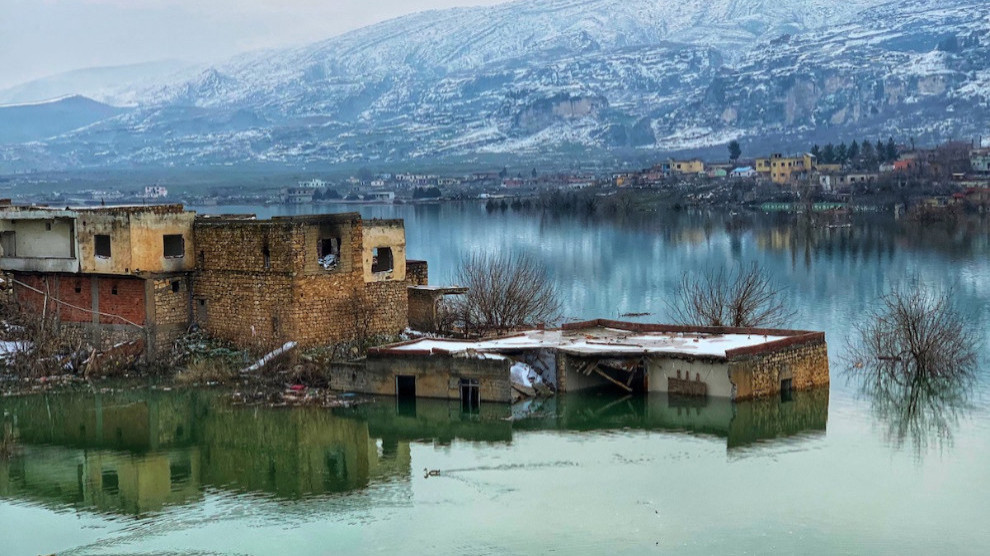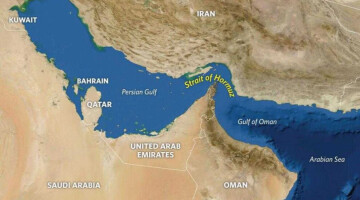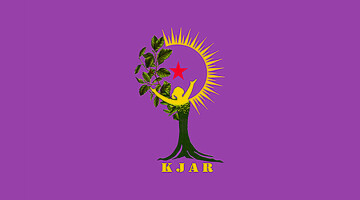Mesopotamia is one of the regions where the sedentarisation of mankind began. Urban culture, states, writing, administration and finally rule are developments that are based on developments in Mesopotamia, especially in the European context. The significance of the region for the Asian region is also being intensively researched. Mesopotamian history allows a look into the development of the self and the status quo of humanity and shows different possible ways of life, from matricentric societies to empires. One focus of this Mesopotamian history is the village of Hasankeyf, located by the Tigris Valley. More and more new finds prove an eventful history going back at least 12,000 years, i.e. to the Neolithic. Ancient churches can be found next to mosques and sanctuaries of the ancient religions and Mesopotamian original religions. This place and this landscape breathe history.
However, the fate of this place seems to be sealed. For the place is sinking, despite worldwide protests of civil society in the economically nonsensical and only for war purpose oriented Ilisu dam. With its dam system, Turkey is putting pressure on its neighboring countries, especially Iraq and Northern Syria, on the one hand, and on the other hand, the ways of the Kurdish freedom movement are intended to be cut off. Quite incidentally, more than 80,000 people have also been displaced from their land. In the meantime, only the roofs of the houses and the trees in the gardens of the displaced persons from this fertile region are still sticking out of the ground.
The sign "Hasankeyf, Hoşgeldiniz, Hûn bi xêr hatin, Welcome", stands in front of this horrible picture. If the water continues to rise, the sign will also disappear. Normally, sunken cities are associated with natural disasters, but here a place was destroyed on purpose. Why? Because an oppressive regime, without hesitation, is prepared to destroy human history for its own interests.
Soon there will be nothing left of the ancient town and the breath of history will be choked in the floods. In the distance we see a blanket or a pillow floating in the water. It has got stuck on a tree. On the bank of the rising reservoir stands an old woman leaning on her stick. Some people stop and watch the catastrophe, others take photos. The silence is sometimes broken by construction machinery and sometimes by the cackling of the ducks.
12,000 years of history is sacrificed to a dam project designed to last 50 years. The Tigris flows through the middle of the drama. It has been flowing in this bed for thousands of years and can bear witness to history, but it and its biodiversity are also sacrificed to the Ilisu dam. The rising water has so far flooded more than 250 settlements in Siirt, Mardin, Batman and Şırnak. In the past days the water reached Hasankeyf. Many of the historical places are already flooded. Also the houses of the people and their cemeteries are under water. One of the inhabitants of Hasankeyf is Hediye Tunç, who says: "The state has taken away our house and farm. I have lived in Hasankeyf for 60 years. Last week, our two two-storey houses have sunk. We are sitting on the street. Nobody cares about us."
The mother of eleven children complains: "God may not accept this cruelty. He should not leave us," and continues: "We do not want to leave our country. Where else should I go? Before this catastrophe we were happy. The water of the Tigris flowed with passion." She notes that she has not received any compensation from the state.
42-year-old Sunmez Er from the village of Organ, which sank a month ago, says: "A great many villages have sunk. We do not know where. The state has flooded our most fertile land. The graves of our grandmothers and grandfathers have been flooded. We had to leave them there. We expect nothing from the state anyway, but we want our rights. The state hasn't kept a single promise so far.”
The flooding is a disaster not only for the people but also for nature. A 650 square kilometer area of nature is being destroyed. According to the Hasankeyf Coordination, an association of initiatives to save the historical cultural site in Northern Kurdistan, at least 15,000 people have been displaced. However, the number of people affected is likely to be much higher and is cautiously estimated to be about 100,000 inhabitants inside the Tigris shore zone. This project, however, does not bring any benefit at all, but only profits for large corporations. It poses a threat to Iraq and Syria as well because Turkey uses water as a weapon. The sinking of the Tigris level due to the GAP dam system has already had a negative impact on Iraqi agriculture.
RELATED NEWS:












